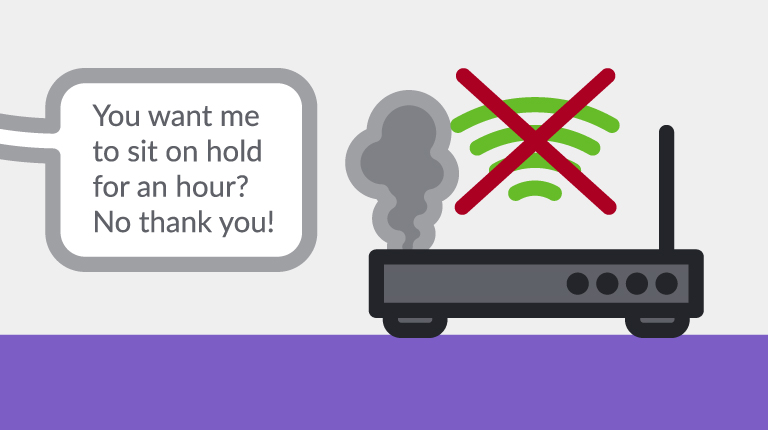There are millions of social conversations happening about brands every day across social media sites — and more and more of these conversations are from customers with questions and concerns. In fact, Gartner estimates that by 2020, 90% of brands will be utilizing social media for customer service.
And while voice is still the preferred channel for consumers (regardless of age), social media is becoming an important customer care channel for two major reasons:
- It is the preferred channel of choice for some customers
- It is used as a method of last resort, after customers have been unsuccessful resolving their issue through other channels
There’s a Big Opportunity in Social…
So whether a customer is reaching out through social as a method of last resort or simply because it is their preferred method of contact, the fact is that this channel represents an important opportunity for your brand. For customers who are reaching out via social in frustration, then the ability of your brand to quickly reach out and solve their issue is an opportunity to retain a potentially lost customer. And for everyone else, social is an opportunity to gain new customers and delight existing ones.
…But There are Also Major Challenges
The challenge for most companies when it comes to social customer care is that consumer expectations are high. 60% of customers who use Twitter as a service channel expect a response within one hour, meaning that your brand is not only expected to find and categorize social complaints, but to do so quickly and efficiently. And when you’re juggling multiple service channels — like voice, web, and chat — this starts to seem like an impossible feat.
Start by Listening…
It’s clear that implementing best practices for social customer care is a difficult task for many brands. There is a significant amount of social data that goes completely untapped — primarily because conversations that are happening on social about your brand are not always directed at your brand.
So where should your brand start? Social listening is one of the most popular ways for brands to get involved in social. This involves establishing a team that actively listens to social media conversations related to your brand and engaging when you find a question or complaint related to your products and services. While this might once have been enough, customer expectations continue to rise, and the real standouts in social customer care will need to go above and beyond just listening.
…But Aim to be Proactive
In order to be successful in social customer care, brands need to go beyond just active listening and instead aim for proactive engagement. Proactive engagement is the most active form of social media participation, and involves discovering and engaging with:
- Customers who are discussing your brand, but not specifically addressing their comments to you
- Customers who are discussing a relevant brand, product or service
Proactive engagement, therefore, enables your brand to engage with both existing and prospective customers. It also allows you to not only solve existing service issues but also to engage with customers looking to compare brands or products before making a purchase decision. Engaging in these conversations early and often can help your brand seize the opportunity to win new customers.
Mastering Social with the Right Tool
Processing all of these conversations and interactions is a bigger task than can be handled by humans alone. Which is why social customer care tools are so useful — but it’s important to invest in the right one.
Unlike traditional social customer engagement platforms, AI-based platforms are powered by Natural Language Processing and Machine Learning, and utilize algorithms to make the tool smarter over time. This results in less manual searching and more time engaging customers.
Learn more about how Interactions can connect you with the right opportunities.




